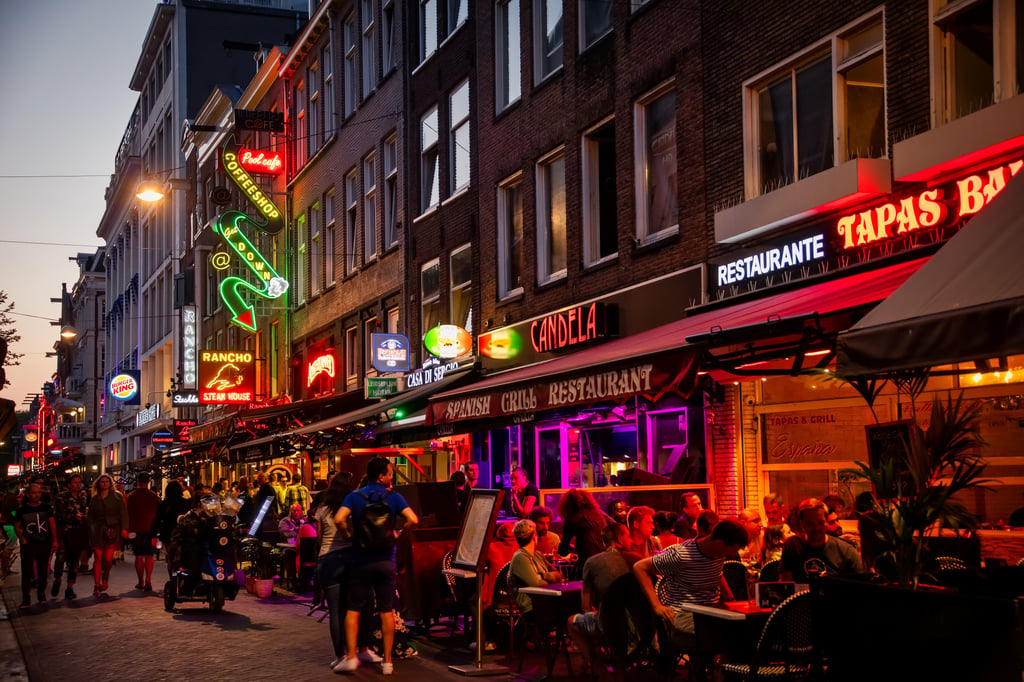From Barcelona to Hanoi, travel hotspots levy tourist taxes and take other steps to curb crowds, pollution, bad behaviour
- Tourist destinations are charging visitors entry fees, designed to stop overtourism, dissuade certain types of visitor and lower travel’s carbon footprint
- Barcelona and Amsterdam have raised their tourist taxes, while Kyoto’s Geisha district has banned visitors

The post-Covid travel resurgence has brought with it a corresponding spike in tourist taxes, entry fees and time-slot booking systems.
Aimed in part at clawing back income forfeited during the pandemic, the revenue-generating levies are earmarked for the upkeep of historical sites and tourism infrastructure, and for tackling environmental challenges. Others are designed to deter badly behaved travellers or to discourage low-end sightseers.
Several destinations have implemented a tourist tax.
Bali, Indonesia

Barcelona, Spain

Amsterdam, Netherlands

In 2023, the party town unveiled a somewhat blunt “Stay Away” digital discouragement campaign aimed at persuading boisterous young visitors that having fun doesn’t have to involve drunken, sleazy revelry.
Then, in a bid to attract culturally sensitive sightseers, the “Renew Your View” campaign was launched to encourage the appreciation of the city through the eyes of locals rather than as part of the mass-tourism phenomenon.
These initiatives come on the heels of a ban on cruise ships entering the city centre, a decision that authorities say aligns with their sustainable development ambitions.

Venice, Italy
Amsterdam isn’t the only place banning or restricting cruise ships. In 2021, Venice prohibited ocean-going liners weighing more than 25,000 tonnes, as damage to the lagoon, palace foundations and other centuries-old structures saw Unesco threatening to put the City of Canals on its endangered list.
